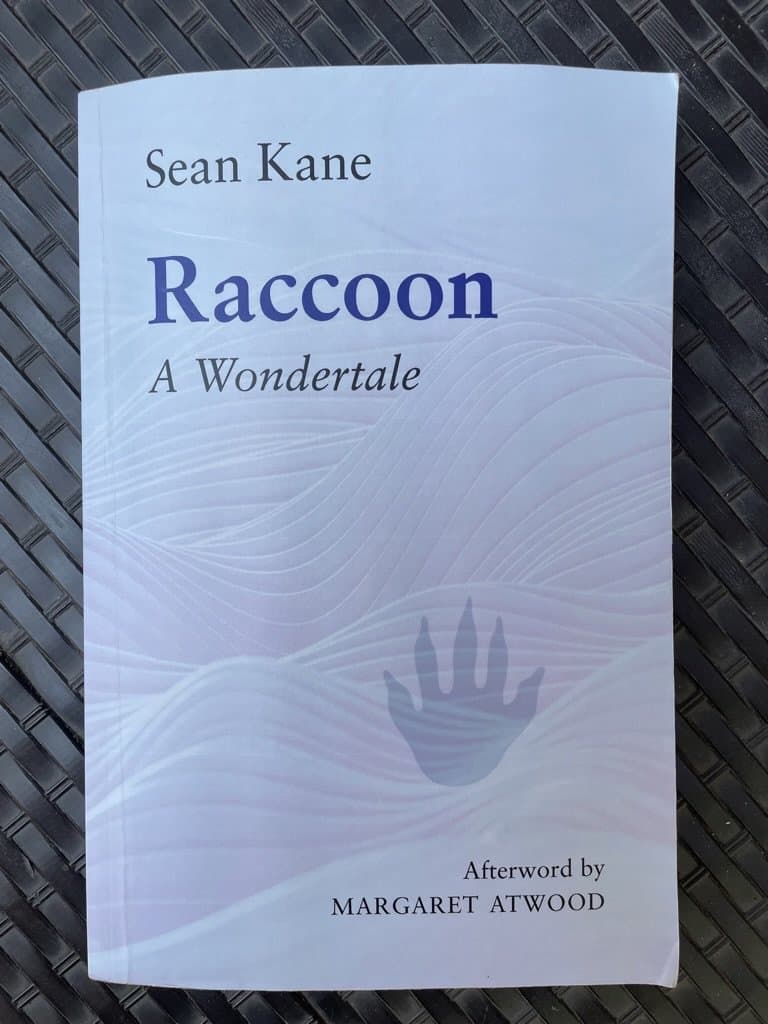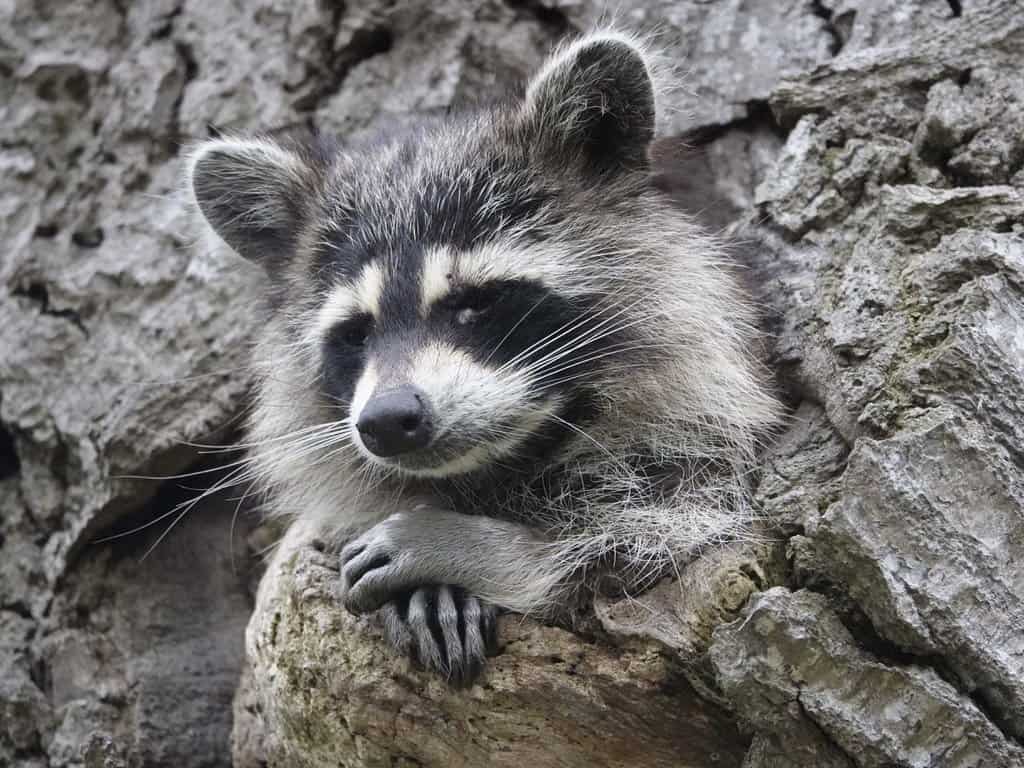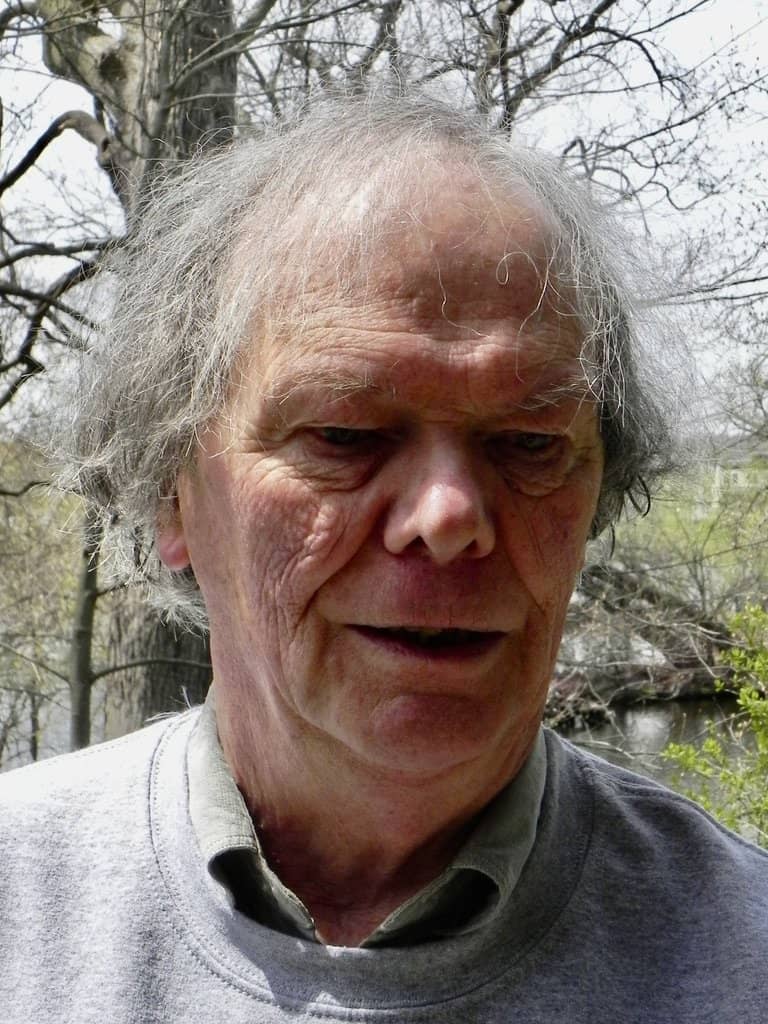Peterborough author Sean Kane’s madcap animal story highlights a host of contemporary themes
Peterborough Examiner – July 7, 2023 – by Drew Monkman
As a child, I loved books that highlighted the intelligence and emotions of animals. My favourite was the 1963 book “Rascal”, by Sterling North. It’s the story of a year in North’s childhood during which he raised a baby raccoon named Rascal.
My interest was therefore piqued when I heard about “Raccoon – a Wondertale”, a recently published novel by Peterborough author and Emeritus professor of English literature, Sean Kane. I had to read it.
This isn’t a book that’s easily described, but therein lies its allure and genius. It is indeed a Wondertale about raccoons, wrapped up in both the imaginative and the real, but it’s also a madcap, at times hilarious children’s fable infused with social, political, and ecological commentary. It’s very much a book for this moment in time with elements of what a better world could look like. Raccoon demands attentive reading to fully appreciate the wide-ranging content. There’s a lot going on in these pages.
The story revolves around a family of four raccoons living in an old chimney behind a wall in the author’s Engleburn Avenue house. Rather than calling a pest control company, Kane delights in eavesdropping on the querulous family with a stethoscope he puts to the wall. But his stethoscope can go one step further. It gives him the power to understand raccoon speech.
When winter passes, the mother, Slypaws, suggests that it’s now time for her three youngsters to find their own dens, territories and maybe start families. It’s what raccoon “Custom” dictates. Clutch (the senior son and reluctant hero), Bandit (the junior son and gifted spy) and Touchwit (the precocious daughter and artist) wander off in separate directions into overcrowded raccoon territories full of Droolers (dogs), Primates (humans) and the threatening omnipresence of their heinous dad. He goes variously by Meatbreath, No Name, The Creep – you get the idea – but even The Protector. In the lively prose that fills each page, Kane describes Meatbreath as a “distempered, hormonal mass of raging stupidity.” Along the way we meet a litany of other memorable raccoons like the siblings’ cousin, Sensibella, an overtly sexy heroine.

A quest
As the siblings become aware of the oppressive rule of their father, the story soon turns to territorial power struggles and the quest for an ideal city “in which every raccoon has a future”. Meatbreath is a promiscuous bully with a strong distaste for migrants. He even talks of “fake news”. Sound familiar? Clutch, Bandit and Touchwit find themselves neck-deep in a tumultuous revolution to stop him from gaining full control of the city. It comes down to whether the young, untested siblings can stop their own father!
Along the way we learn that a successful revolution and fight against tyranny also depends on the role of artists. They act through their “Makings” such as sculptures, music and poetry – and Sean Kane reveals himself to be quite the poet.
In short, quick-paced chapters, Kane relates the adventures of each sibling, shifting back and forth between the three. This is where you need to pay close attention to keep the various storylines, numerous characters and locations straight. If you’re a local reader, you’ll delight in recognizing the story’s geography: Engleburn Avenue (home of River Clan), the Silver Bean Café (a battleground), Quaker Oats (The Heights), Beavermead Park (Creek Town), Little Lake Cemetery (Sanctuary for the Dead), Jackson Park (home of Sensibella) and Jackson Creek (the Crosstown Creek travel route). Keen tells it like it is in his description of the creek’s downtown culverts: “…muck, and bats, and plastic bottles, and dead rodents, and syringes, and shopping carts…”
Over the 300 pages, we also meet an ill-tempered flock of Canada geese, a fox who helps Clutch recover from a battle wound, and even a seagull who provides aerial reconnaissance when war eventually breaks out. And quite the battle it is, with various brigades and maneuverings worthy of Napoleonic warfare. But, as is usually the way with wild animals, actual brutality is limited to little more than a lost ear and some cracked ribs.

Multiple themes
We learn that raccoons have a lot more on their minds than raiding garbage bins. They have philosophical thoughts, aesthetic appreciation, a respect for customs and ethics, an awareness of ecological change, and intricate myth systems.
Kane’s detailed observations of the natural world beyond raccoons is another of the book’s pleasures. Seasonal change, for example, looms large. In talking about the ray and disk flowers of New England asters, he writes: “Gold for glory, purple for grief. Autumn was vivid about the matters which concerned her – matters of permanence and passing away.” We even learn that some trees have a sex: “Girl flowers on girl trees; boy flowers on boy trees.”
Existential threats like Earth’s carrying capacity (the population that the planet can sustain) and climate change are acknowledged, too. When Slypaws explains how she could ever allow herself to become pregnant by a bully like Meatbreath, she says: “…he took advantage of the fact that the love season is askew in the general rhythms of things. He caught me at the end of a limb…”
A host of contemporary social, cultural and political concerns are also brought to bear: minority rights, migrants, homelessness, inequality, exploitation of women, disinformation and more. Allusions to Donald Trump’s pernicious influence loom large. In an email exchange, Kane explained to me why the themes are so wide-ranging. “I think that when the huge wave that’s coming out of the future hits us, writers won’t have time for the luxury of racial, gender, and other minority politics. Or any kind of me-ism. Only by a united national and international effort are we going to survive this wave. This requires enlarging the public discourse.”
Wide appeal
Raccoon will appeal to readers who love stories of animal intelligence and emotions. We’re now discovering that animals are much more self-aware than we ever thought possible. They almost certainly have an inner life, maybe one even infused with feelings. Just ask any dog or cat owner. The novel will also charm anyone with a naturalist’s desire for authentic biological facts, even in a work of fiction. We learn, for example, that raccoons have five times more sensory cells in their paws than humans and, as Slypaws liked to say: “As primates evolve, so evolve raccoons.”
I loved the humour. For example, Slypaws “doesn’t give a flying clam about marriage!” There’s also an ever-present tone of courtesy. Even Meatbreath gets acknowledgement as quite an orator. None of the characters are portrayed as all good or all bad.
Although there’s no lack of action – like an epic battle with Droolers at a chicken coop – there are also digressions into themes like raccoon mythology. These require a bit of perseverance to get through, but it’s well worth it. Much of the Kane’s career focused on myths and he has much to share.

Afterword by Margaret Atwood
I actually started the book by reading the Afterword by none other than Kane’s friend Margaret Atwood. It prepared me for a greater appreciation and understanding of the content. Kane actually began writing Raccoon to entertain Atwood’s husband, Graeme Gibson, in his final years. The two became friends in the Sixties at a time of social and political hope. Like Kane, Gibson was also a nature lover and wrote the best-selling “Bedside Book of Birds” and the “Bedside Book of Beasts”. I think Graeme would have been very pleased with how the book turned out.
A final word about the story. With no “long-range stethoscope” available, I kept wondering how the author learned about the siblings’ epic adventures. Well, it becomes clear in the satisfying conclusion. They all make it back to the Engleburn Avenue chimney and tell Mom everything. Once again, “The Idiot” puts his magic stethoscope to the wall and turns their stories into his own Making, the marvelous “Raccoon, A Wondertale.” As to what happened to Meatbreath and the city, make it a summer reading pleasure to find out.
You can purchase the book at Happenstance in Lakefield or through online booksellers.